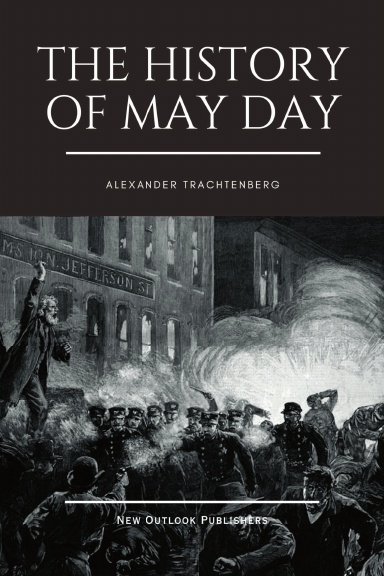Did you know that the very holiday celebrated globally as International Workers' Day, a day of solidarity and recognition for the working class, has its roots firmly planted in American soil? **The fight for an eight-hour workday, culminating in the Haymarket Affair, ignited the global movement and transformed May 1st into a symbol of workers' rights worldwide.**
The annals of organized labor are etched with tales of hardship, struggle, and unwavering determination. The genesis of May Day, also known as International Workers' Day, is no exception, born amidst the turmoil and triumphs of the labor movement. The holiday, observed on May 1st in many nations, serves as a poignant reminder of the sacrifices made and the progress achieved in the relentless pursuit of fair labor practices and improved working conditions.
May Day, a day steeped in tradition and symbolism, extends beyond its association with the labor movement. It is also a European festival of ancient origins, a vibrant celebration heralding the arrival of summer. On this day, various regional customs come to life, including Maypole dancing, the crackling flames of bonfires, the adornment of floral garlands, and May devotions dedicated to the Blessed Virgin Mary. These traditions, passed down through generations, weave a rich tapestry of cultural expression, further enriching the significance of May Day.
The significance of May Day is multifaceted, its origins tracing back to a crucial period in American labor history during the 1880s. Unions, driven by the need for fairer treatment, relentlessly pushed for reforms, chief among them the establishment of an eight-hour workday. This demand was a direct response to the grueling, often inhumane working conditions prevalent at the time, where employees were subjected to excessive hours and inadequate protections. The struggle, however, was far from easy, as the movement faced resistance from employers and the government, which was often aligned with corporate interests. The Haymarket Affair, a tragic event in Chicago, became a pivotal moment, solidifying the link between May 1st and the fight for workers' rights. On May 4, 1886, a peaceful labor demonstration in Chicago's Haymarket Square turned violent when a bomb exploded, leading to the deaths of both police officers and protesters. The ensuing trials and executions of labor leaders, even in the absence of definitive proof, further fueled the movement and transformed these individuals into martyrs for the cause.
May Day, therefore, is a day that acknowledges and celebrates workers and the history of labor organizing. Celebrated annually on May 1st, it's a time when working people across the globe come together for a day of remembrance, unity, and demonstration. It is a day to pay tribute to the individuals who paved the way for the rights and protections that workers enjoy today, from the right to organize to the right to fair wages and safe working environments. This celebration of the labor movement is an integral part of our collective consciousness, reminding us of the ongoing struggle for economic justice and social equality.
The observance of May Day extends beyond its roots in the labor movement. It is also a celebration of the natural world. It coincides with Beltane, a Gaelic and Celtic festival that heralds the beginning of summer, marking the midpoint between the spring equinox and the summer solstice. This ancient festival celebrates the life-giving power of the sun and the fertility of the earth. The traditions include bonfires, dances, and the gathering of wildflowers, all symbolizing the renewal and growth of the season. May Day celebrations also often involve the custom of weaving floral garlands, which are used to decorate homes and public spaces, further emphasizing the connection between the holiday and the natural world. The origins of May Day in this context, however, can be found in pagan traditions. Throughout Europe, the holiday was tied to spring and fertility rituals that would celebrate the coming of the warm weather and the growth of new life.
The practice of May Basket Day, a charming tradition of the 19th and 20th centuries, has largely faded from modern customs. On May 1st, friends and sweethearts would secretly hang baskets filled with flowers and treats on each other's doors, ringing the doorbell and then fleeing before being caught. This custom embodied the spirit of the season, celebrating friendship, romance, and the joy of giving. The May basket, filled with fragrant blooms and sweet confections, served as a symbol of affection and appreciation. While the tradition is less common today, the spirit of kindness and generosity it embodied remains an integral part of the May Day celebrations.
May Day, as a holiday, commemorates the historical struggles and achievements of workers and the labor movement. It is a global observance, a day marked by demonstrations and rallies in support of workers, emphasizing the importance of solidarity and collective action. During the 20th century, the Soviet Union and other communist states embraced May Day as a major holiday, using it as an opportunity to showcase their achievements and celebrate their political ideologies. In the context of the Cold War, this further enhanced the holiday's symbolism, serving as a symbol of opposition against Western capitalism and a demonstration of the strength of the socialist movement.



